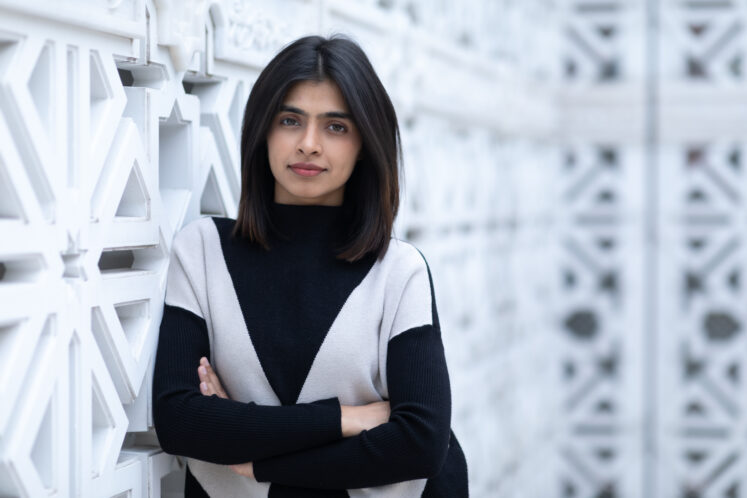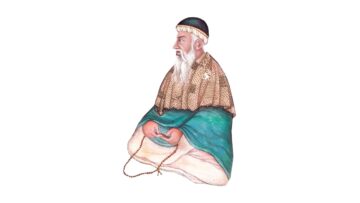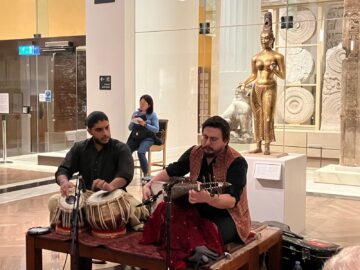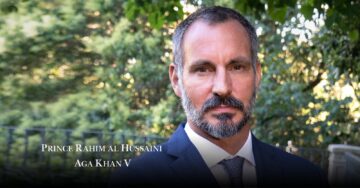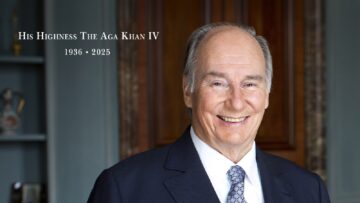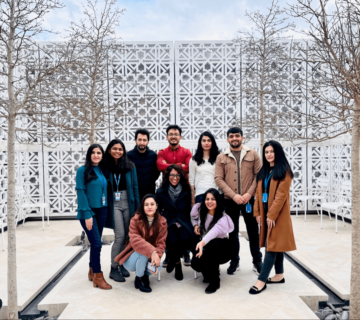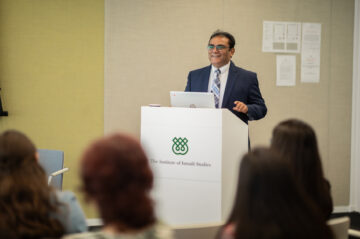Embarking on an educational field visit to Andalusia and Cordoba presented a unique opportunity to delve into the rich tapestry of Convivencia— the harmonious coexistence of diverse cultures—that is embedded in the vibrant history, culture, and architecture of these renowned locales.
As a participant in this immersive experience, the focus was on unravelling the intricate threads that weave together the Islamic, Christian, and Jewish influences that have left an indelible mark on the region. This educational exploration provided a lens that transcends textbooks to decipher how Convivencia manifests in the very fabric of daily life, social interactions, and the awe-inspiring structures that stand as testaments to centuries of cultural confluence. By experiencing first-hand, the interplay of these elements, we gained invaluable insights into the profound legacy of different cultures, fostering a deeper understanding of the interconnectedness that defines the cultural landscape of Andalusia and Cordoba.
This field visit to Andalusia and Cordoba served also as a catalyst for introspection on the biases we inevitably carry.
An immersion in a mosaic of coexisting cultures can reveal that biases, whether conscious or unconscious, can distort our perceptions of the rich tapestry before us.
The interplay of influences can prompt a re-evaluation of preconceived notions and encourages us as individuals and as the Secondary Teachers Education Programme (STEP) teachers confront and challenge our biases.
The theme of “security” took centre stage as we pondered our individual and collective identities in the face of the stunning cultural diversity. The centuries-old structures and traditions reminded us of the strength that arises from embracing differences. And this in turn prompted a profound examination of the security we derive from our own identities and beliefs. How secure are we in who we are, and how does this impact our ability to coexist harmoniously with those whose backgrounds differ from our own?
By traversing the historical and architectural landscapes of Andalusia and Cordoba, we were able to reflect on the interconnectedness of security and cultural coexistence. The experience became a journey of self-discovery, prompting a deeper understanding of the biases that have shaped our perspectives and the security that can arise from embracing diversity rather than fearing it. Ultimately, this exploration fostered a more nuanced appreciation for the complex interplay between identity, prior learnings, and the security we seek in a world rich with cultural diversity.
Encounters with Convivencia
The significance of this trip lies in its transformative impact on shaping the lens through which we perceive objects, art, and architecture. It was a powerful reminder that beyond the surface of structures and artifacts, there exist rich narratives and histories waiting to be unravelled. The first-hand encounter with the Convivencia of Andalusia and Cordoba prompted me to pause, to take an intentional break from superficial observations. I was inspired to delve into the stories behind each piece of art and architecture and to seek a more profound understanding.
This journey is profoundly significant as I, a student aspiring to educate on Islam’s dual role as a faith and civilization, find a lived experience embodying humanitarian, civilizational, and normative curriculum principles. Immersed in Granada and Cordoba’s historical tapestry, I’ve deepened my understanding of Islamic contributions. Witnessing Convivencia revealed the historical coexistence of diverse cultures, challenging stereotypes and highlighting Islam’s role in fostering tolerance. This excursion acts as a living classroom, transcending textbooks, offering an immersive education in the civilizational, humanitarian, and normative dimensions of Islam, bridging theory with tangible cultural expressions in Granada and Cordoba, enhancing my role as an educator.
For me, and my cohort, the experience informed not only how we perceive the cultural tapestry but also how we present it to our students. It instilled in us the importance of weaving these stories into our teaching methods, to impart a more holistic and culturally sensitive education. The trip became a catalyst for cultivating a deeper appreciation for the interconnectedness of history, culture, and the stories that breathe life into the objects we encounter, enriching both our own perspectives and the educational experiences we create for our students.

